One of the highlights – and the best ‘accident’ – of our Malaysia trip was our visit to The Camera Museum in George Town, Penang. It’s my favorite part of the trip and without a doubt, one of the best museums I’ve ever visited. Not convinced? Allow me to change your mind with a virtual tour.
The Camera Museum is located at the heart of George Town’s heritage area in a refurbished 2-storey shop house in Lebuh Muntri. Opened in 2013, it is the first camera museum in Southeast Asia. With its wooden floors, industrial interior design, and vintage vibe, the place just screams HIPSTER.
The museum is proud of its huge (hundreds, probably thousands) collection of vintage cameras – NO digital cameras here. The owners continue to bring more cameras from their overseas trips, and some photography aficionados also donate cameras to the museum.
When you enter the ground floor, the first thing you’ll see is Double Exposure, the museum’s in-house café. Aptly named, right? Double Exposure serves usual café fare – coffee, pies, pasta, pastries. Further down the hall the souvenir shop called Snap Shop, which sells camera-themed souvenir items and merchandise such as displays, key chains, bags, shirts, mugs, necklaces, and notebooks. Pam and I bought shirts, an iPhone case with a street art replica, and some ref magnets.
And then there’s a Gallery. At the time of our visit, the exhibit was The Disappearing Hills by Yeo Kai Wen. The Disappearing Hills is an inaugural multimedia exhibition that investigates the aftermath of the 2013 Bertam Valley Floods in Cameron Highlands, Pahang, Malaysia.
All around the ground floor, there are interesting camera-themed displays and markings that caught our attention. There are a couple of murals done by Ernest Zacharevic’s team. Zacharevic is famous for his street murals in George Town.
Access to the café, Snap Shop and exhibit space is free but if you want to see the actual museum, you have to pay RM20 (RM10 for students and senior citizens) at the ticket booth near the gallery. This fee covers the 30 to 40-minute guided tour through the Main Hall, Spy Room, 3D Camera Room, Obscura Room, Pinhole Room, and the Dark Room. RM20 (around PHP250) may seem steep for some but if you’re a photography enthusiast and love anything vintage, like my sister and I, Camera Museum is something you should check out. Our guide, John, was very friendly, accommodating, and sometimes funny.
Now, let’s go to the second floor. The Main Hall displays a large collection of cameras from different eras, starting from the eighteenth century. There is a center booth where you get to handle actual vintage cameras, though as expected, some of them are not working anymore. A few toy cameras are also displayed.
There’s a booth showcasing the personal camera collection of YTM Tunku Abdul Rahman Putra Al-Haj, the first Prime Minister of Malaysia.
And did you know that selfies were taken as early as 1920s, probably earlier? These photo was taken on a New York City rooftop, using an analog camera held by two men.
There’s also a 3D Camera Room. Yes, vintage 3D cameras! A 3D camera, also known as stereo camera, is a type of camera with two or more lenses with a separate image sensor or film frame for each lens. This type of camera can simulate human binocular vision, and therefore gives it the ability to capture three-dimensional images.
The Obscura Room shows the concept behind modern day photography – the magic that is portable dark room.
The Spy Room is another fascinating section of the museum. All of the cameras here were used for, you guessed it, spying. Most spy cameras are very small, minuscule even, for easier concealment. But there are also big spy cameras such as the WW2 Japanese Type 89 ROKUOH-SHA 35MM Machine Gun Camera that was used as a training tool for gunners and pilots. Instead of real guns, trainees used this machine gun camera and the stopwatch attached to the camera determined the burst lengths and how long the trigger was pulled. Cool, huh?
No camera museum would be complete without a Dark Room. A darkroom is a room that is made completely dark to allow the processing of light sensitive photographic materials, including photographic film and photographic paper. Exercise caution when inside a darkroom because there are chemicals used in the processing of the photos.
The last room is the most fun, and probably the most important. The Pinhole Room is a simulation of a camera and when you go inside, you can imagine that you’re inside a large camera. We entered and John, our guide, went outside and the next thing we know, his silhouette was reflected on one of the walls of the room… but inverted! This is a demonstration of how a camera works – how lens bend light, reversing the image.
Outside the rooms and along the hallways, an illustrated timeline of the history of the camera is displayed, as well as famous photographs around the world. This is probably the only museum that not only allows but encourages picture-taking inside the museum. So we snapped away!
There you have it. That’s my virtual tour of Penang’s Camera Museum for you. But don’t let yourself be satisfied with just a virtual tour! This museum deserves a visit. Even I want to return. And their collection gets bigger every year so who knows what I’ll see next time? Whether you’re a photography fan or a vintage junkie, Penang’s Camera Museum is a good stop. 🙂
Have you ever visited a camera museum? Where? I’m looking for other camera museums to visit so if you know of a good one, don’t be shy and leave a comment!
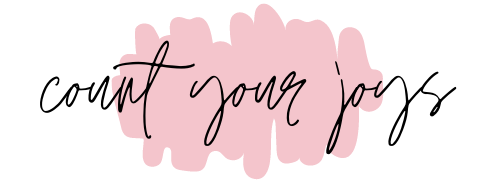






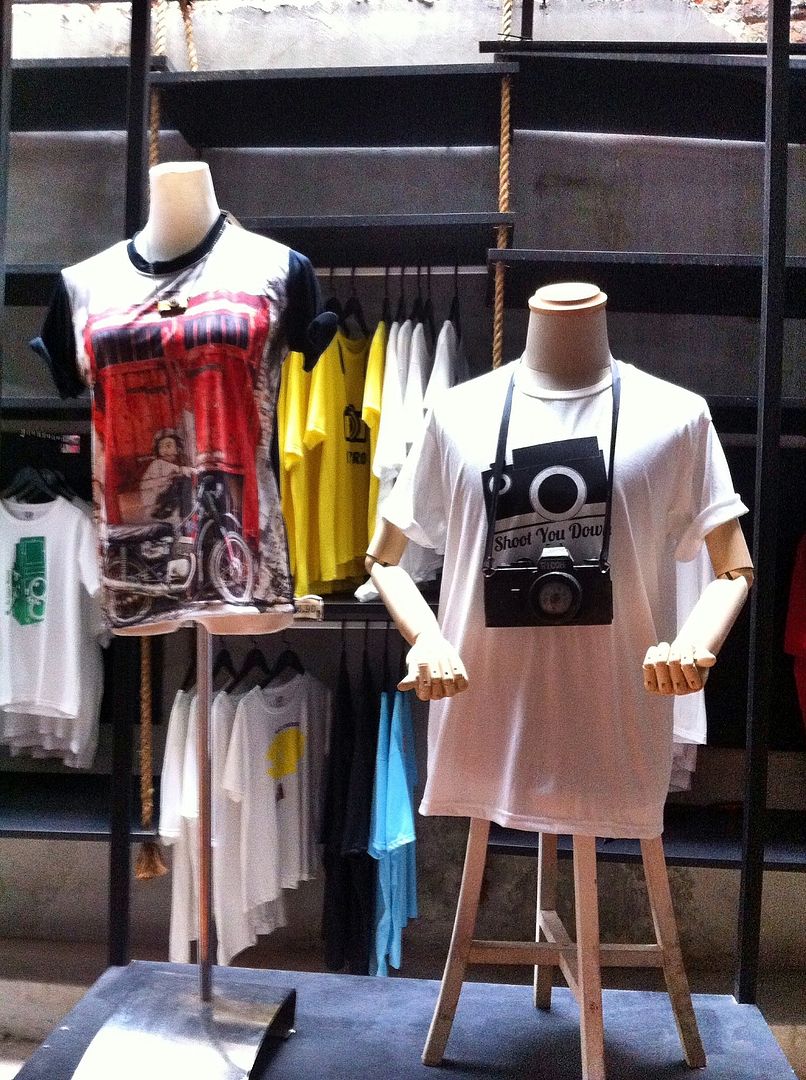
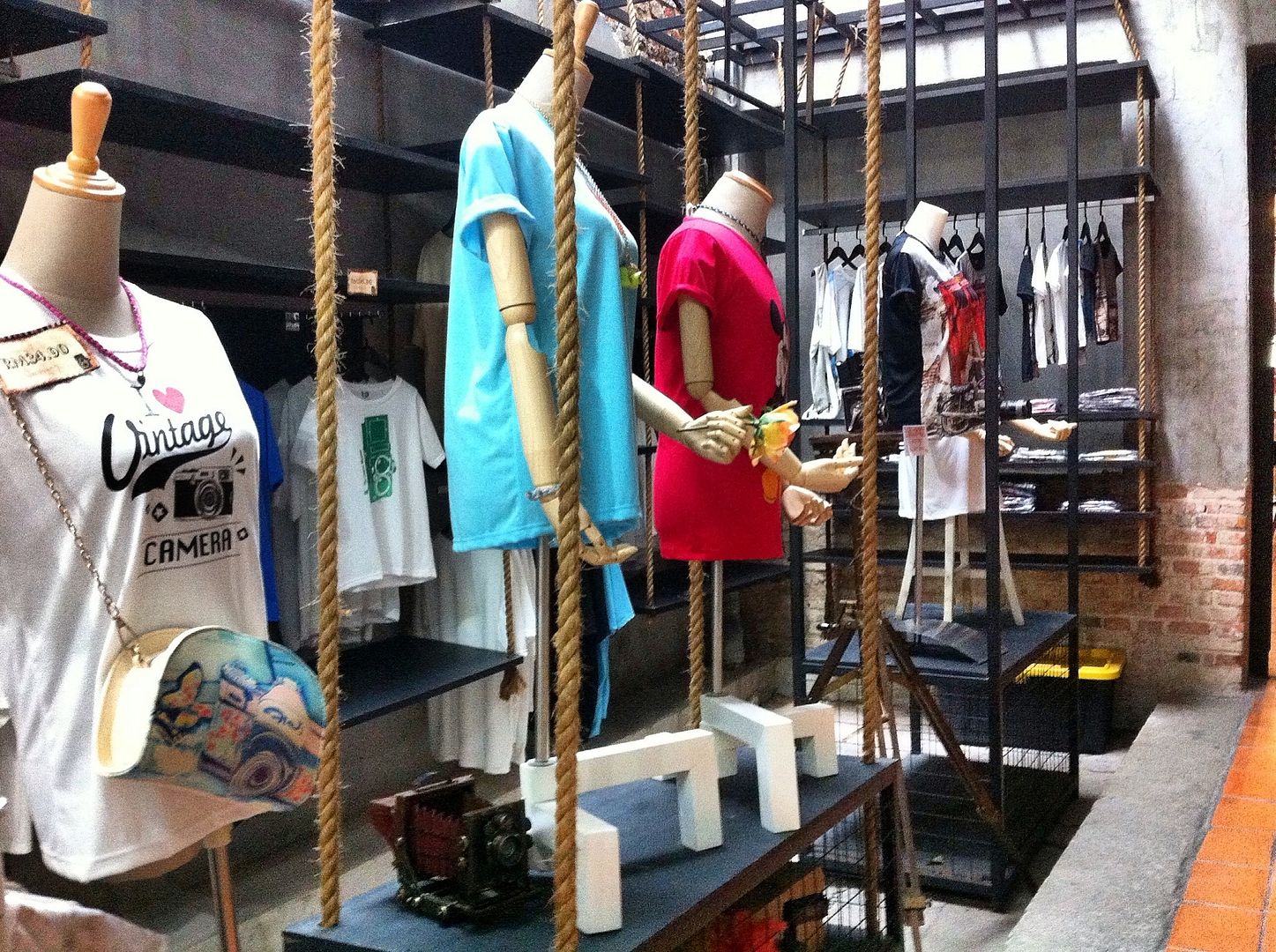







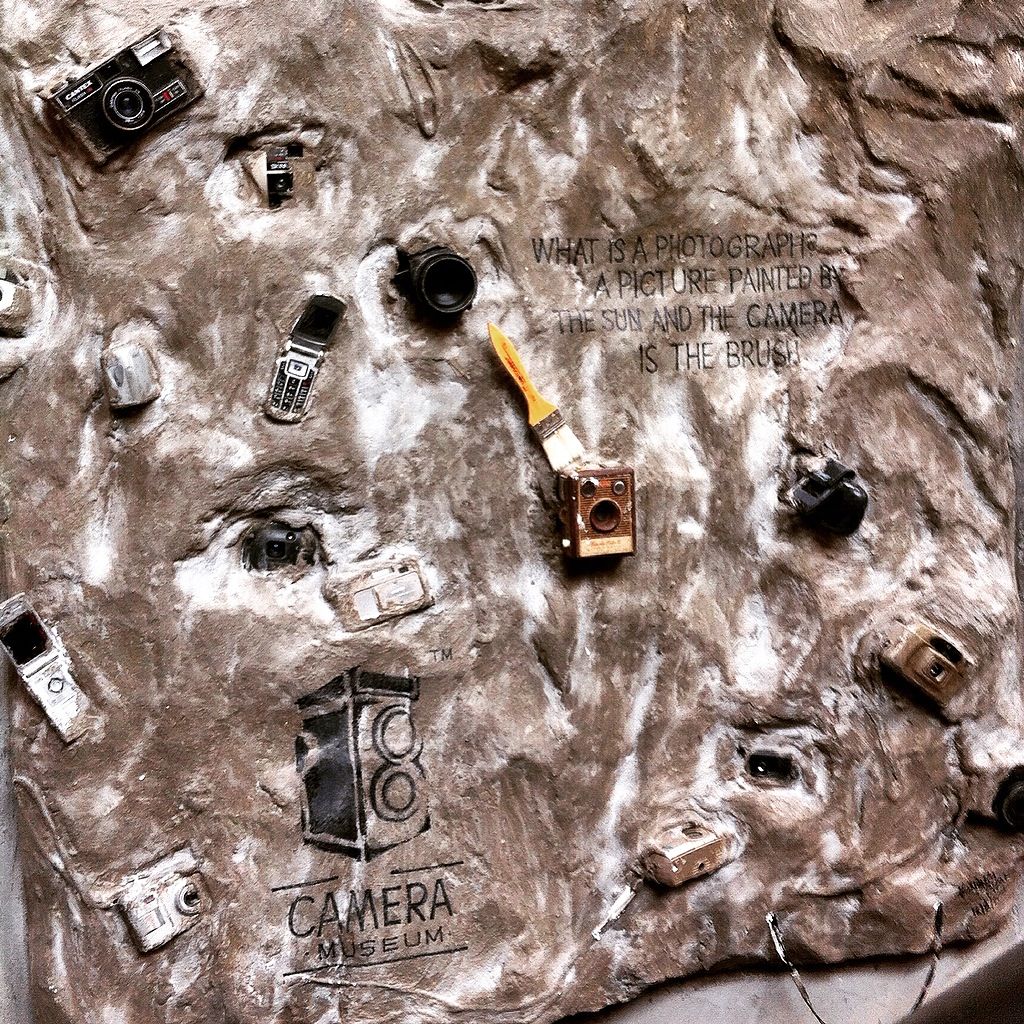

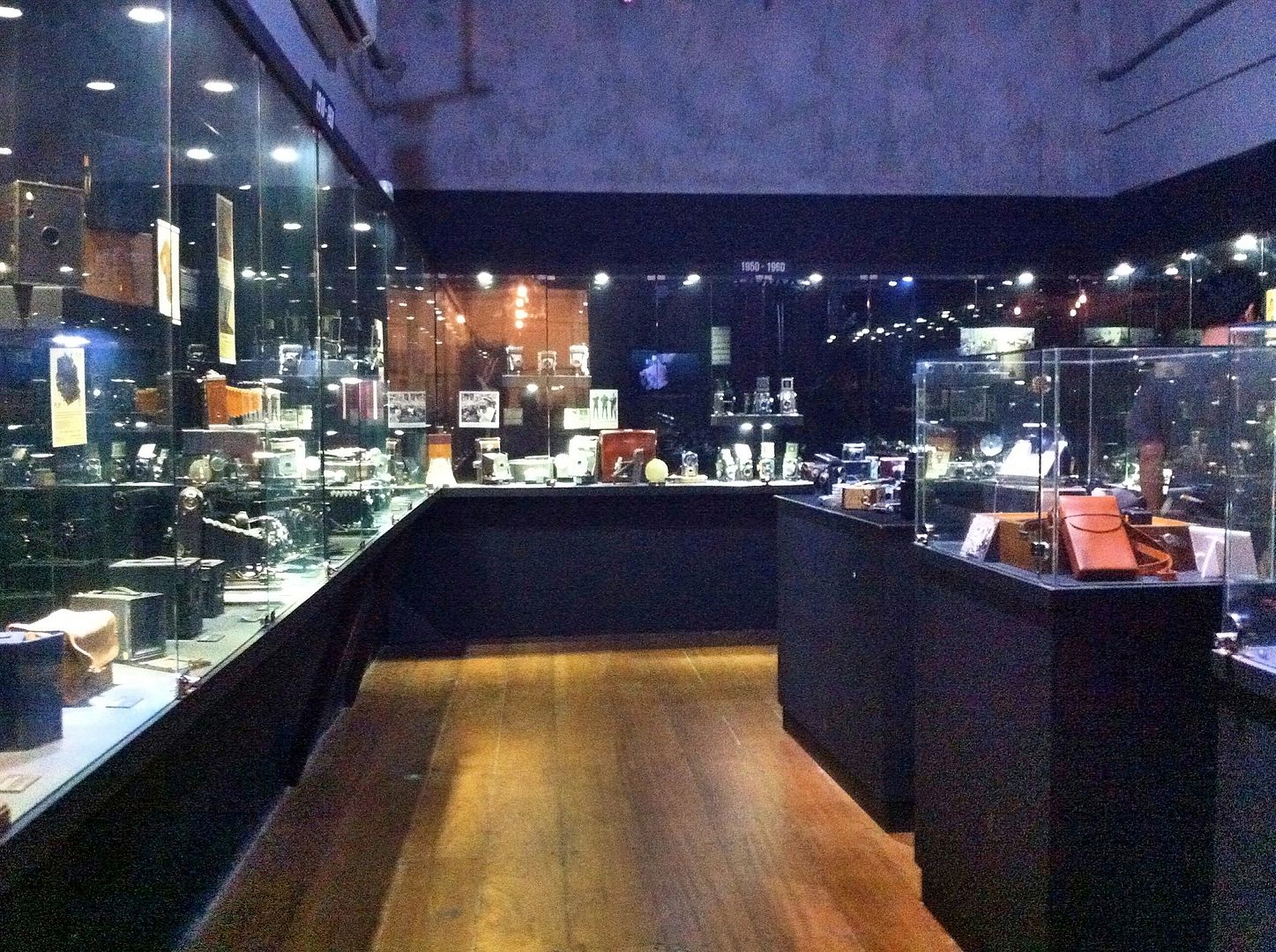





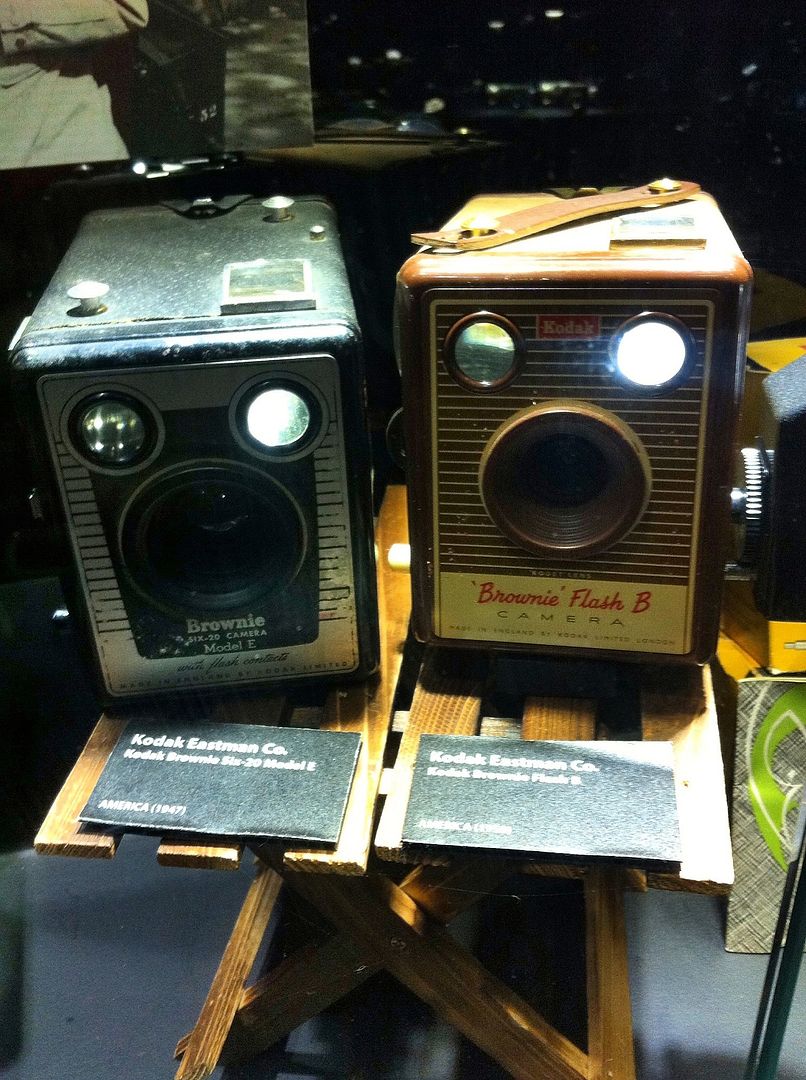
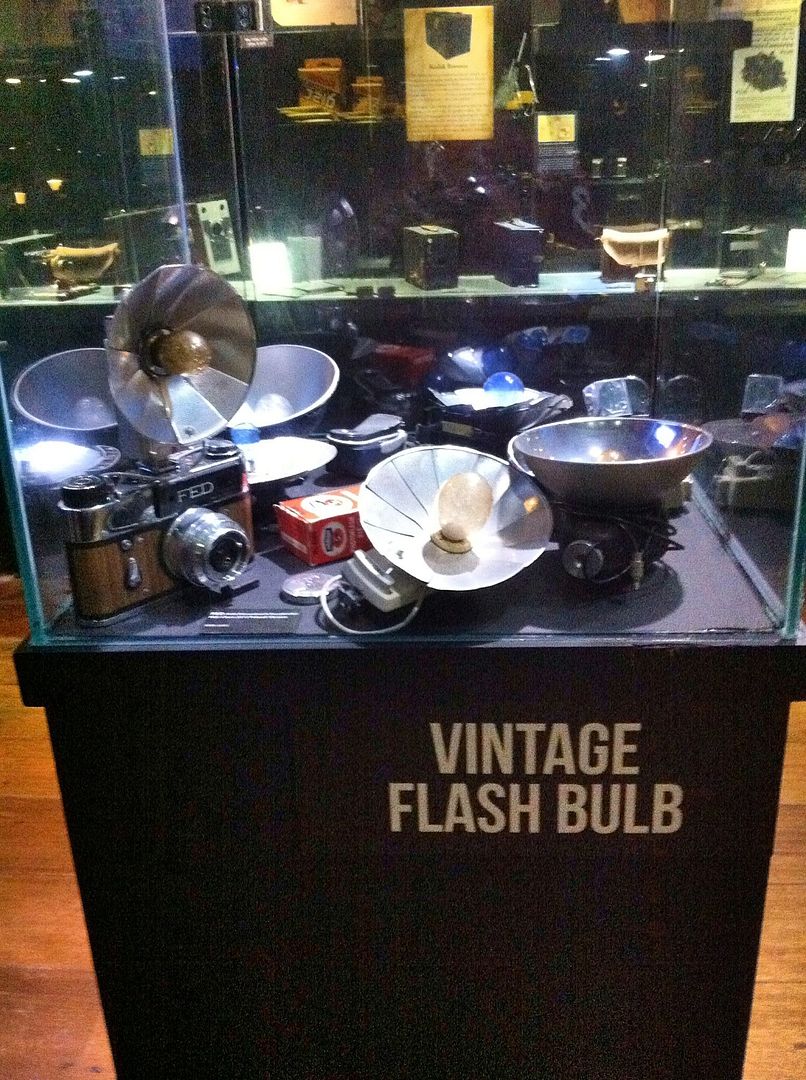












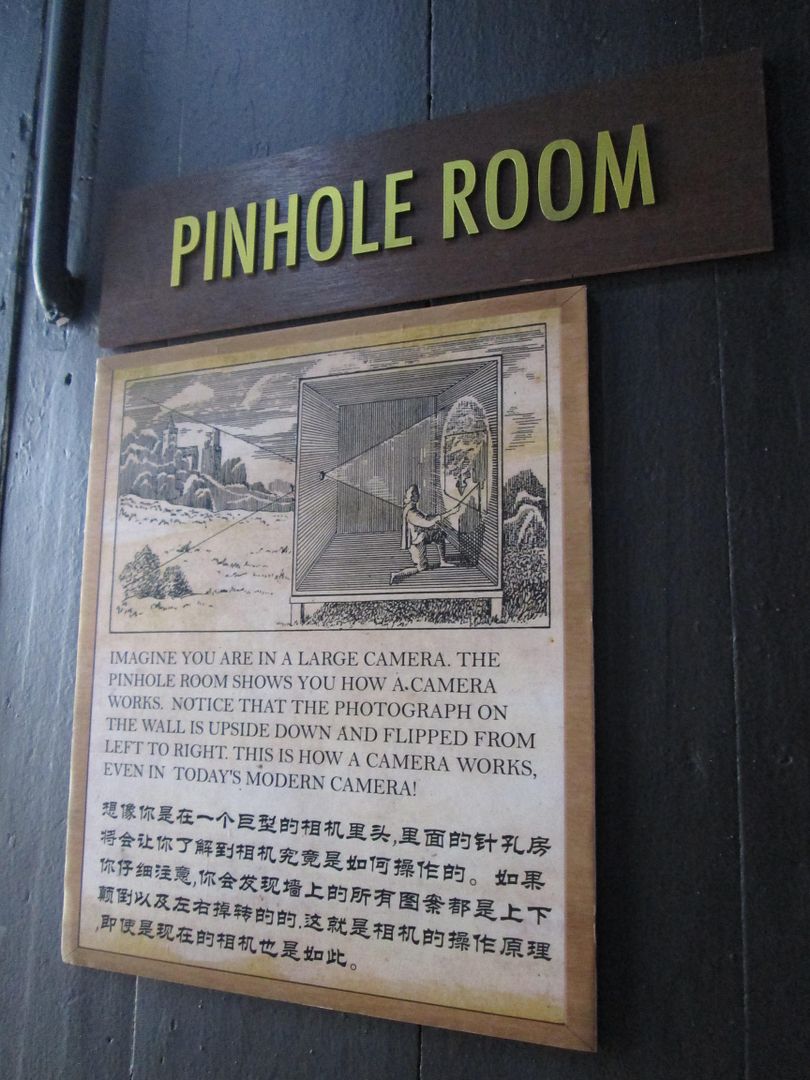


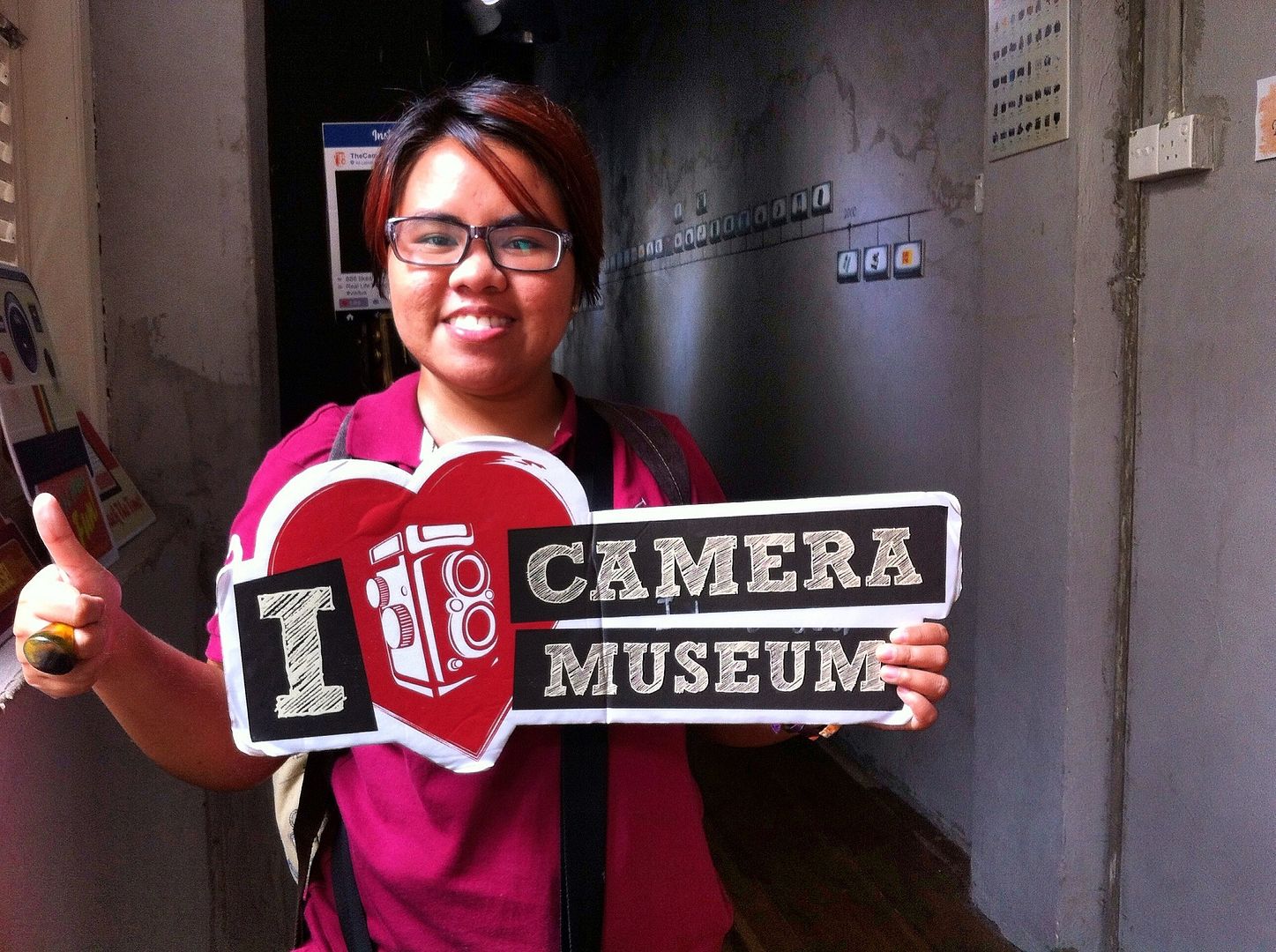



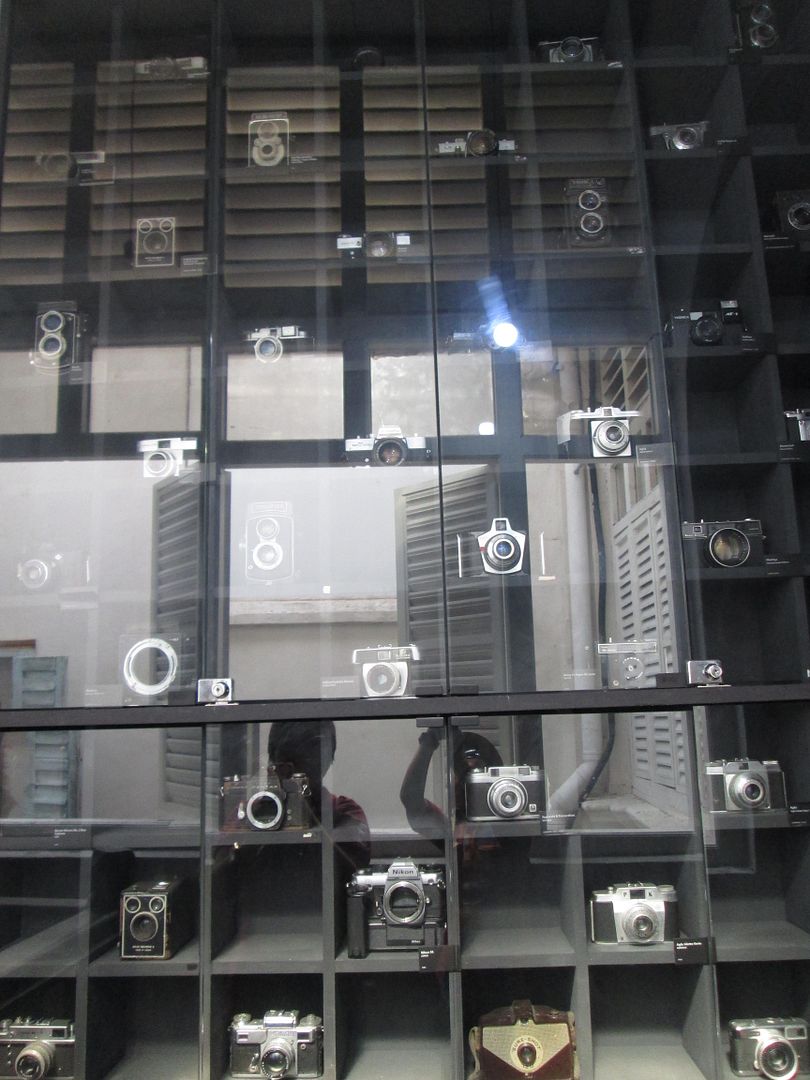



10 Comments
Interesting! Had never even heard of one until now.
You should definitely check it out. 🙂 Thanks for dropping by, Annaj!
Yup, I will.
Wonderful post.
Thanks, Mukul! 🙂
welcome